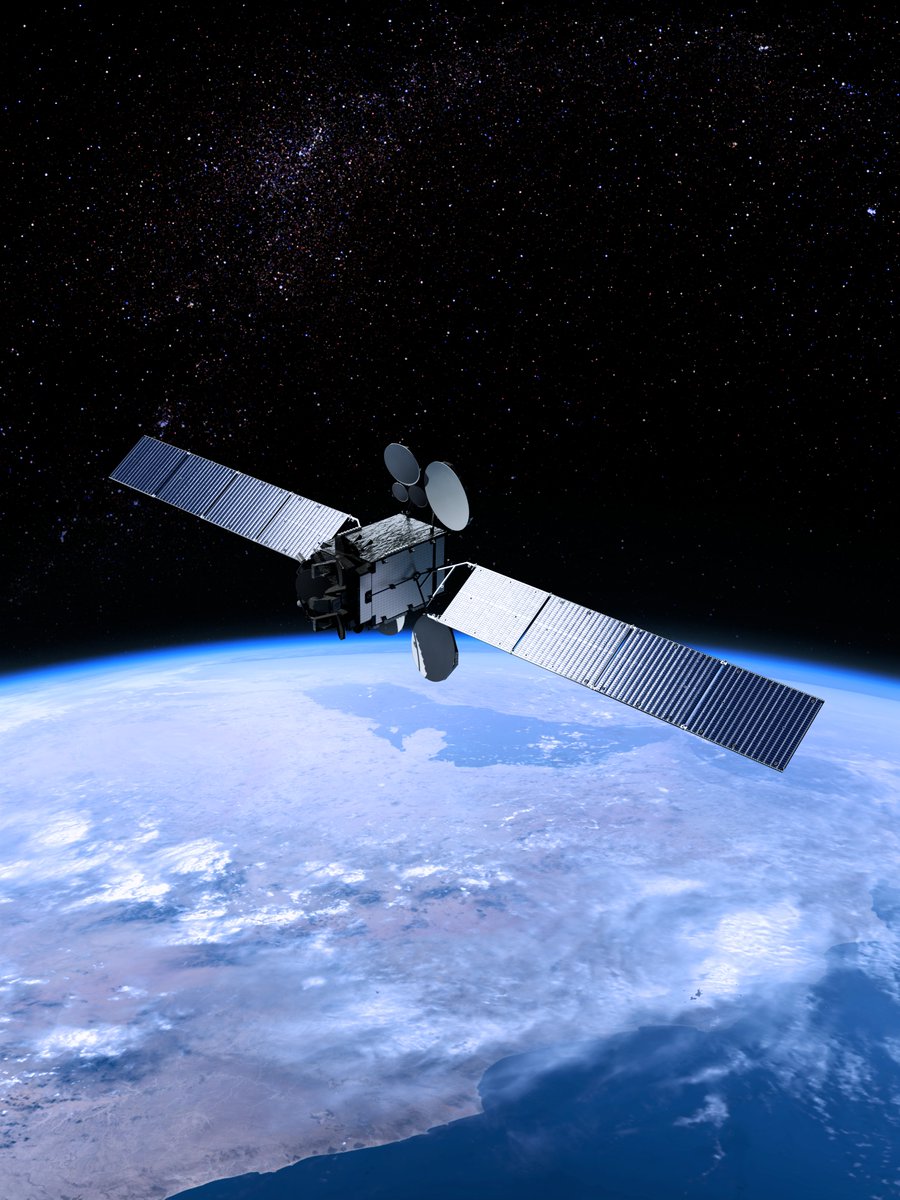Many thanks to SWLing Post contributor, Frans Goddijn, who shares the following guest post:
Receiving sounds from the Amsat QO-100 Es’hail2 stationary satellite
by Frans Goddijin
Over the last 1-2 years several radio enthusiasts have mentioned the Amsat QO-100 Es’hail2 stationary satellite but so far I had no clue where to begin receiving signals from it. There seems to be no shop selling a complete kit so one has to source and assemble the parts.
Here’s a video (below) about how I did it.
Tije de Jong helped by building me a custom stand for the satellite dish, Hans Holsink (see https://www.youtube.com/watch?v=ZDBIMjCUKtY and www.hybridpretender.nl) gave me some tips over the mail as did William Lagerberg, a fellow radio enthusiast who has built a small forest of antennas around his home.
In preparation, I looked for pages and videos of other setups but often what I found was way too technical for me, or focused on one or two aspects while skipping over everything else.
So I gathered material from different sources, gleaned information from several websites and videos.
But above all I had the help of Tije, Hans and William who enabled me to get there.
One shortcut that I thought I was taking in the beginning was using an app to get the dish lined up but as it turned out the app seemed to think the satellite was playing hide and seek, sometimes in plain sight across the street and then slowly disappearing around the corner. 😉
Also, I used LiDAR measurement in the app to establish what size and type dish I had bought (a cheap no-brand thing in a store where immigrants buy satellite dishes to watch homeland TV) but later on Tije pointed out to me that the dish on the app screen looked nothing like mine which explained why the orientation tool of the app had me pointing the dish ever higher.
Once I used the information on https://eshail.batc.org.uk/point/ I got going and lining up the dish was easy.
Video:
[I also] made a second video this time highlighting the simple details of the setup so others can easily copy the approach:
Best regards,
Frans


